What the ... ?
I’m in Baton Rouge, Louisiana, this week attending the Southeastern Branch of the Entomological Society of America annual meeting. This is a gathering of bug nerds mainly from nine southern states and Puerto Rico. Sure, call us bug nerds! No offense taken—in fact, my colleagues are probably proud to be called bug nerds.
I’m presiding over the meeting this year, so I’ll be busy for three solid days. A lot of effort has gone into preparing for the meeting. I’m disappointed that the attendance is lighter than usual since we’re missing quite a number of USDA scientists and other federal employees who are currently under a no-travel directive.
I arrived in Baton Rouge on March 3, even though the meeting doesn’t start until March 9. No, I wasn’t here early for Mardi Gras on the company dime—I visited a few growers and distributors in Forest Hill, the nursery capital of Louisiana. So if my boss or any colleague from SePRO is reading this newsletter, I was working!
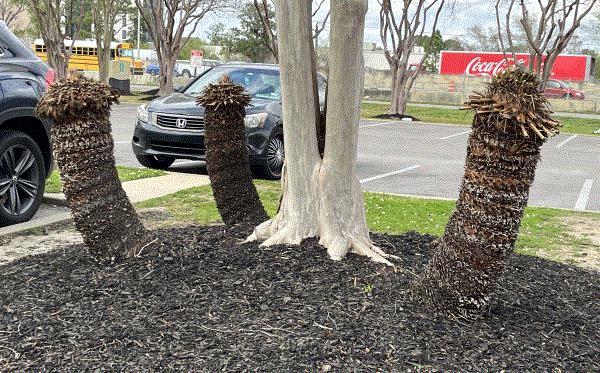
The picture above shows something interesting I saw at one of the hotels I stayed at this past week. There were three denuded cycads standing guard like miniature barrel cacti on this nicely maintained hotel ground by Interstate 10. I became quite familiar with cycads after a two-year stint in Miami, Florida. The cycads I’m familiar with don’t present themselves just as trunks.
What has happened to these cycads? (Hint: What happened in Baton Rouge in late January ...?)

Gemini Granular is Now Available in California
ICL announced last week that its Gemini Granular herbicide, which contains 0.25% isoxaben (WSSA 21) and 0.4% prodiamine (WSSA 3), is now approved for use in California. This is a granular preemergence herbicide boosted with R-50 Optimizer, which according to Robbie Abillama, ICL’s Growing Solutions Western Region Sales Manager, “allows for 50% less active ingredient without compromising efficacy.”
Gemini Granular is registered for preemergence control of more than 120 grassy and broadleaf weeds—such as annual bluegrass, bittercresses and spurges—at the application rates of 100 to 200 pounds per acre. Gemini Granular provides weed suppression for up to two to three months at low label rates and up to four months at high rates. Gemini Granular is tolerated by more than 500 ornamental plant species (the list runs seven pages).
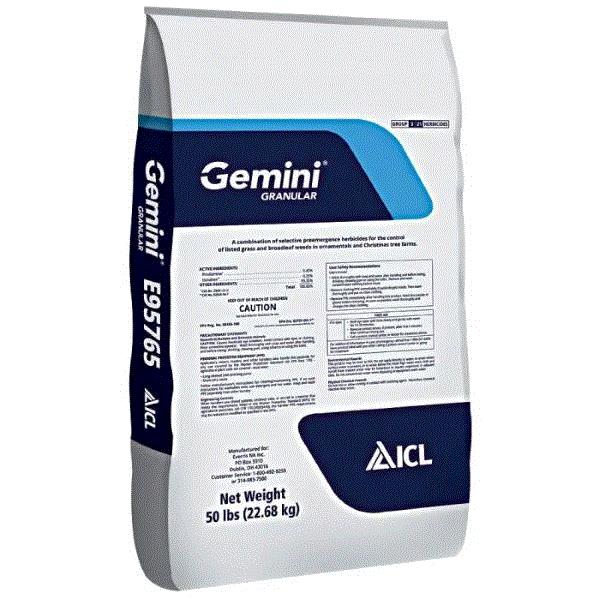
Use sites of Gemini Granular include container and field nurseries, landscapes, Christmas tree farms, non-crop areas, and fence rows. Gemini Granular isn’t for use in greenhouses or enclosed structures. Also, it should not be used on seedling beds or unrooted liners or cuttings. Do not apply to newly transplanted nursery stock until the soil has settled and roots have established. Avoid applying over the top to wet foliage—the granules may stick to sensitive plant parts and cause damage. The restricted entry interval (REI) is 12 hours.
Go HERE to find more information and the label of Gemini Granular.
I didn’t know that there's a liquid formulation of Gemini. Gemini Liquid contains 15.5% isoxaben and 23.3% prodiamine. However, Gemini Liquid isn’t registered in California.

Podcast on Spring Crop IPM
I want to direct y’all to a Tech On Demand podcast from last week. The podcast is on biological approach to IPM in spring crops, presented by Heidi Doering of Koppert and hosted by our own Bill Calkins. Heidi is well known for her knowledge and experience in biological control—not just because she spent the last 10 years at Koppert, but also because of her extensive career and experience in horticultural production.
Heidi shared her observations of pest issues this spring, thoughts on Thrips parvispinus, and information on planning and executing IPM in spring crops with a focus on biological control. Go HERE for a description and to listen to Heidi's podcast.
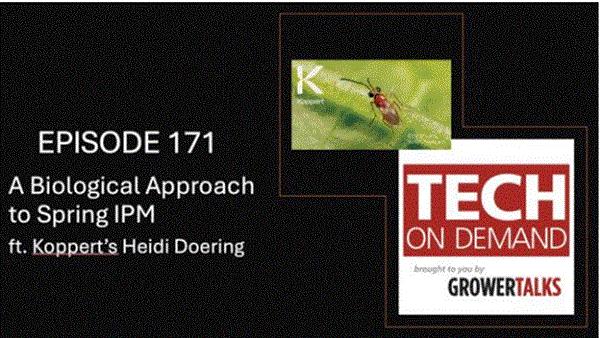
Aphids in Hanging Baskets
Bill Calkins summarized his chat with Nick Flax of Ball in the latest issue of the Tech On Demand newsletter. Topic of the week: Controlling aphids in hanging baskets.
This was usually not a problem in the age of neonicotinoids. One drench of neonicotinoids gave you effective suppression of aphid populations for weeks. This was great because who was going to climb up and scout those hanging baskets weekly ...?
Well, we're no longer in the age of neonicotinoids. In fact, aphids in hanging baskets was one pest problem that popped up immediately when neonicotinoids were “banned” in some greenhouses. Not only aphids, but the difficulty in regularly scouting for pests in hanging baskets also leads to more thrips and spider mite problems.
Nick provided some tips on how to manage aphids in hanging baskets. You want to scout the “aphid magnets,” such as calibrachoa, regularly no matter how difficult it is. You can still use sticky cards for scouting, but putting a flag to mark the baskets you've placed the sticky cards in will help you find them in the moving basket lines.
Biological control is your best bet when it comes to pest management in hanging baskets. Nick suggested two biological control agents—Aphidius colemani and Aphidius ervi—for this purpose. (But wait! Read the next segment in this newsletter for more options!)
Finally, as Nick pointed out, sometimes we’ll have to bring out the big guns to deal with either a huge influx from outdoors or when biological control isn’t giving you sufficient suppression. Nick didn’t go into a lot of detail about which insecticides to use. I’ll pick up his baton and give you some of my thoughts. (Baton and I’m in Baton Rouge, eh? Eh? Oh, never mind ...)
If you can use neonicotinoids, then drenching the baskets with one of the neonicotinoids will be your best bet. If you can’t use neonicotinoids, I've seen good efficacy with Altus (flupyradifurone) and Kontos (spirotetramat). I don’t have personal experience with using Mainspring (cyantraniliprole) for drenching against aphids in baskets, but some folks told me that they get good efficacy with this insecticide.
A few extra notes on drenching baskets: As always, check the labels to make sure you can deliver drench solutions through the irrigation lines. Don’t expect to see dead aphids falling from the sky the day after the drench; it may take a few days for you to notice a substantial reduction in the aphid population. It may be a good idea to go ahead and drench early in the crop before pest populations really get going. But remember that you should drench only after the plugs have established good root systems in the baskets to take up the systemic active ingredients.
Go HERE to read Nick’s suggestions on managing aphids in hanging baskets.

Which Aphid is Bugging You?
If you deal with aphids often, do you know which aphid species are bothering you? To find out, y’all should read Jeremy Webber’s (of Koppert) timely article on common aphid species and their biological control agents in the March issue of GrowerTalks.
Jeremy reviews the biology and behavior of melon aphid (a.k.a. cotton aphid), green peach aphid (a.k.a. tobacco aphid) and potato aphid in this article. Y’all never heard of green peach aphid also been called tobacco aphid? Well, my friends, that’s because we didn’t know there are actual subspecies within the species Myzus persicae. Jeremy explains how the two subspecies are different.
Jeremy also provides information on the various biological control agents against each aphid species, seeing that he sells these beneficial critters for a living. I often tell folks that each biological control agent, even two species of parasitic wasps, have different diologies and ecologies, as well as requirements to perform at their optimum levels.
Which biocontrol agent species is best suitable for, say, the potato aphid? Jeremy gives us some practical guidance on the use of these biological control agents in the article.
Go HERE to read Jeremy’s article.

GGSPro Reference Guide is Now Available
In its sixth edition, the GGSPro Technical Reference Guide is now available from Griffin Greenhouse Supplies. This is a great resource for growers looking for information and solutions to help them grow better plants.
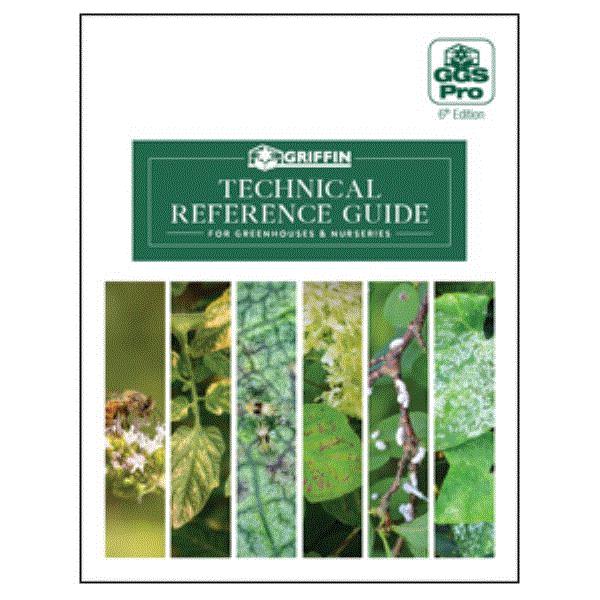
The Technical Reference Guide lays out technical aspects of pest management and production practices. Contents in the new edition have been expanded and updated to reflect the latest research and best practices, and enhanced with high-quality images to help identify diseases, insect/mite problems or abiotic disorders. After that, you can check out the management chapters to identify the chemical or biological tools that are available to you. The updated guide also has information on compatibility between chemicals and biological control agents. The new edition has an expanded plant growth regulator (PGR) section, and an improved plant nutrition and water quality section.
Go HERE to order a copy of the sixth edition of GGSPro Technical Reference Guide.

Answer to "What the ... ?"
To solve the mystery this week, let’s recall a significant event that happened in Baton Rouge (well, the entire south, really) in late January. Snow. Lots and lots of snow, and low temperatures. Eight inches of snow fall in some parts of Baton Rouge.
Some plants were severely damaged by the cold, such as the distylium on the same hotel grounds, but closer to the building, and the cycads at the airport. I suppose for the landscape care professionals managing the hotel grounds the solution to the chlorotic cycad leaves (due to frost damage) was to cut them all off, leaving behind just the trunks. Seems a bit drastic to me, but what do I know? Hopefully, the cycads will recover, but that stress can’t be good for them.
All the best to the cycads. I’m going back to the meeting ...
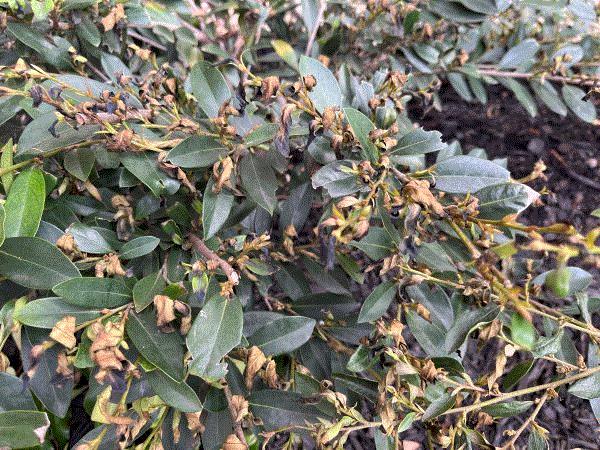
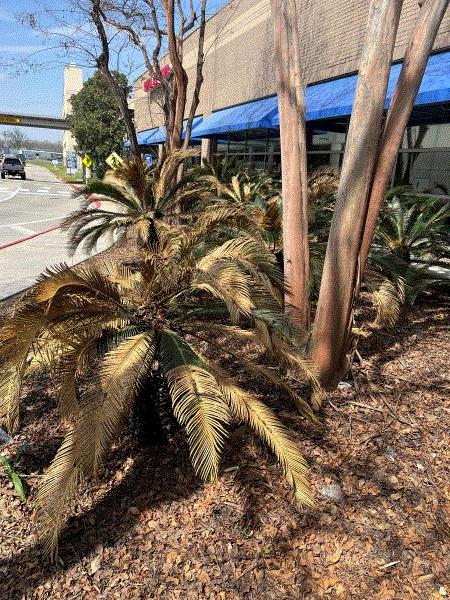
See y'all later!

JC Chong
Technical Development Manager at SePRO
Adjunct Professor at Clemson University
This e-mail received by 27,847 subscribers like you!
If you're interested in advertising on PestTalks contact Kim Brown ASAP!